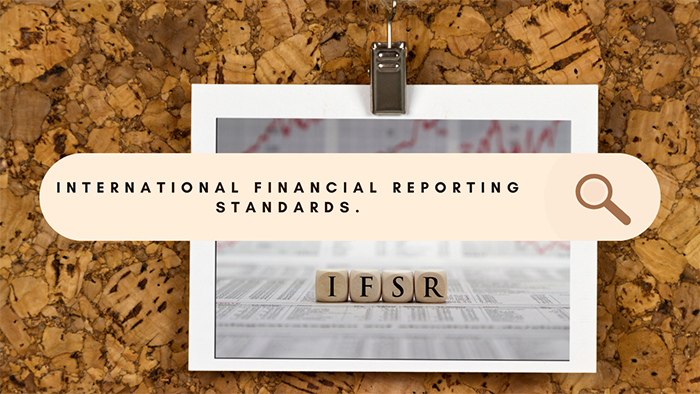
IFRS 18 replaces IAS 1 Presentation of Financial Statements. It carries forward many requirements from IAS 1 unchanged. IFRS 18 is effective for annual reporting periods beginning on or after 1 January 2027, but companies can apply it earlier.
IFRS 18 is an upcoming accounting standard that focuses on the presentation and disclosure of financial statements. It aims to improve the quality of financial reporting, including digital reporting. The standard introduces several key changes and requirements, including the presentation of defined subtotals in the statement of profit or loss, disclosures about management-defined performance measures (MPMs), enhanced requirements for aggregation and disaggregation of information, and specific classifications for income and expenses in the statement of profit or loss.
Some of the key points to note about IFRS 18 are:
1. Presentation of Subtotals: IFRS 18 introduces three defined categories for income and expenses—operating, investing and financing—to improve the structure of the income statement, and requires all companies to provide new defined subtotals, including operating profit. The improved structure and new subtotals will give investors a consistent starting point for analysing companies’ performance and make it easier to compare companies.
2. Management-Defined Performance Measures (MPMs): IFRS 18 introduces requirements for the disclosure of MPMs, which are performance measures defined by management in communications with investors. The standard provides guidelines for the presentation and explanation of MPMs, including the need for a reconciliation to the most directly comparable specified subtotal or total.
3. Aggregation and Disaggregation: The standard includes principles for the aggregation and disaggregation of information in financial statements. It aims to address investors’ concerns about the lack of detailed information and the obscuring of important information. Entities are required to use meaningful labels for aggregated items and provide additional disclosures if aggregated amounts of immaterial items are sufficiently large.
4. Statement of Cash Flows: IFRS 18 introduces changes to the statement of cash flows, including the use of operating profit or loss as the starting point for the indirect method of reporting cash flows from operating activities. It also provides specific classifications for interest received, interest paid, dividends received, and dividends paid.
5. Digital Reporting: The standard aims to improve digital reporting by enhancing comparability, providing company-specific information in an easily usable format, ensuring consistency, and reducing errors. It encourages the use of standard elements and reduces the need for company-specific extensions.
Overall, IFRS 18 seeks to enhance the comparability, transparency, and usefulness of financial statements, while also addressing the challenges and concerns raised by investors.
Interested in this topic or wanting to know more? Share your thoughts and we will be happy to assist.